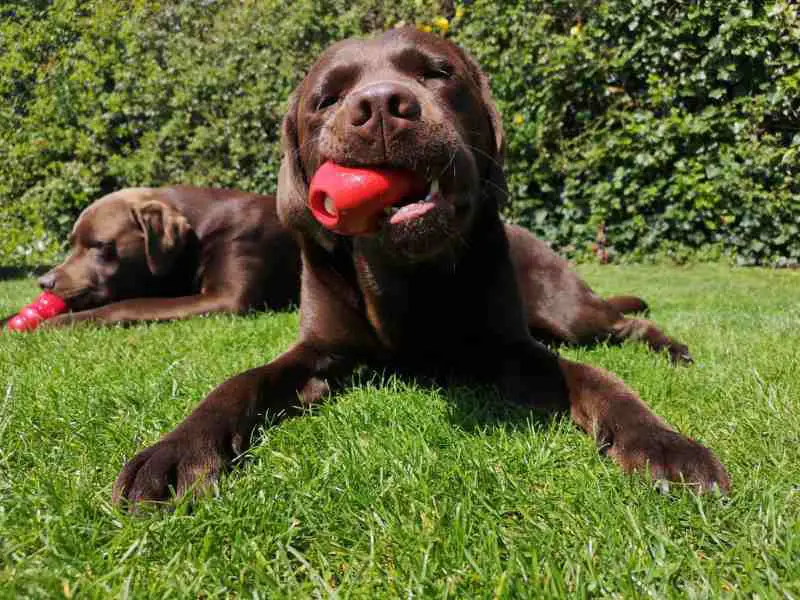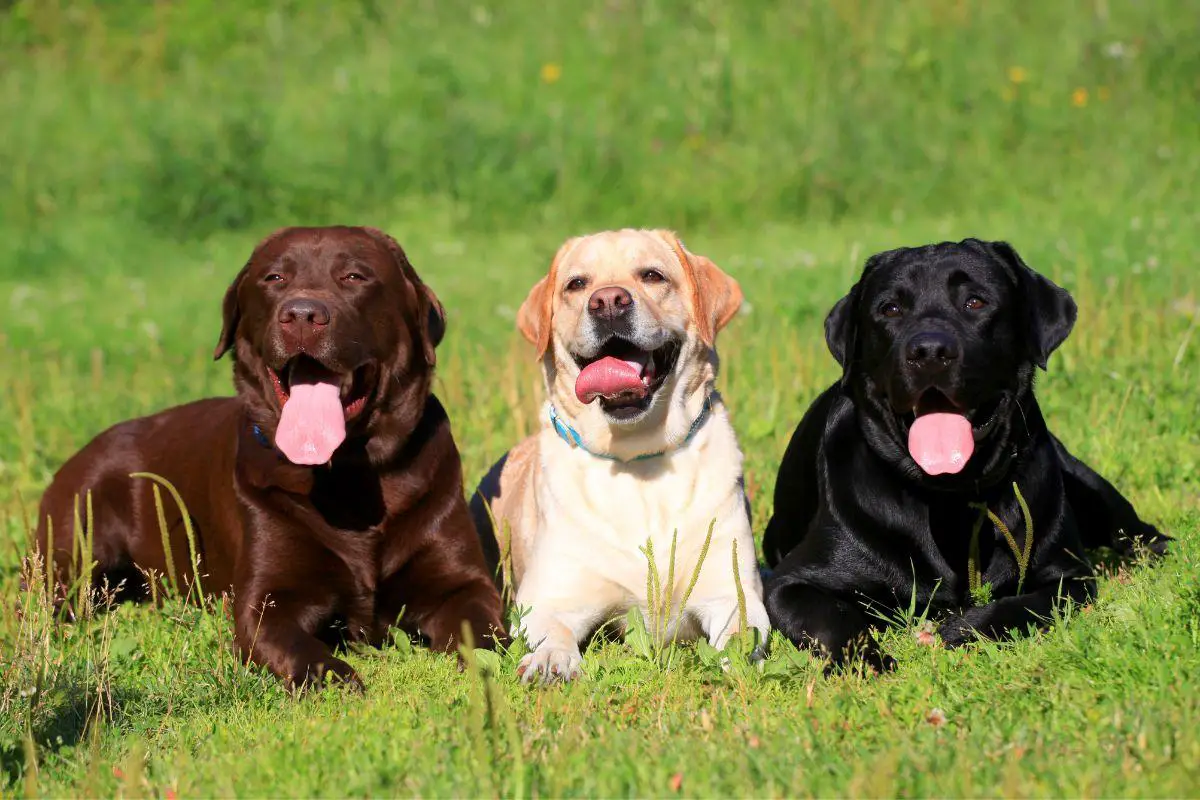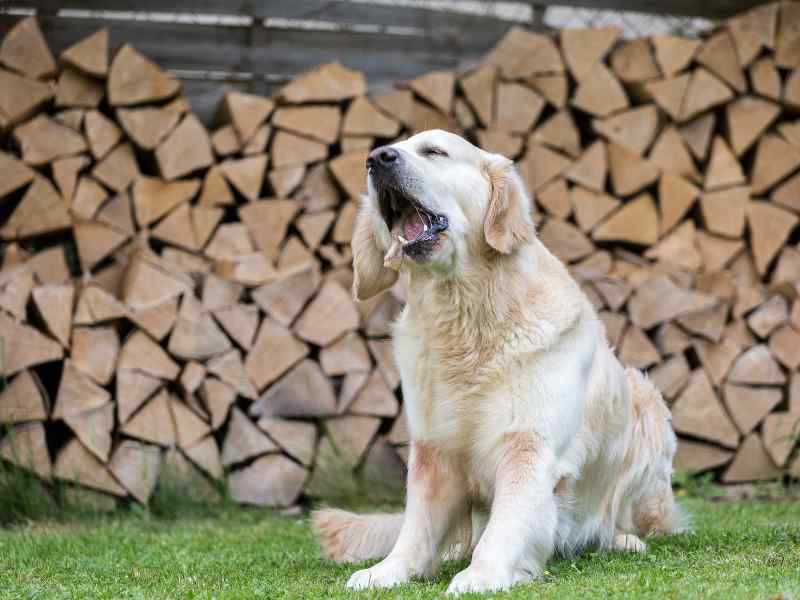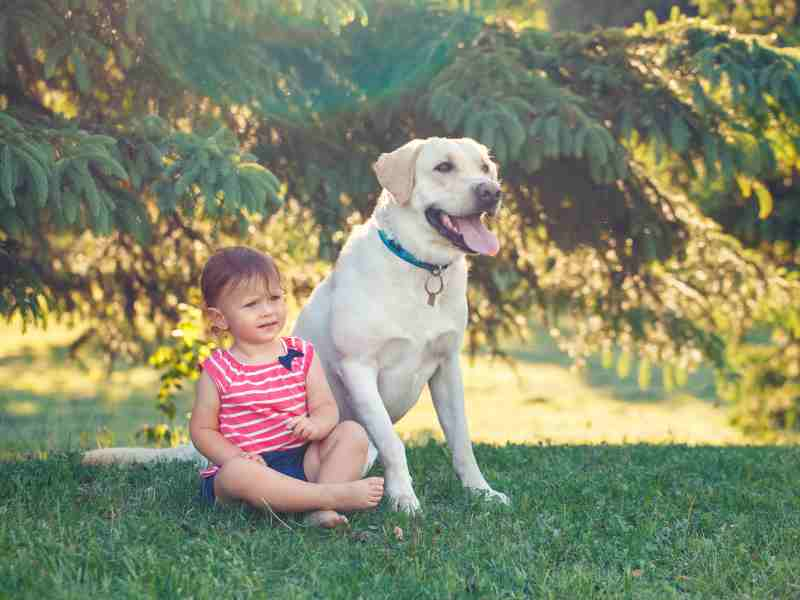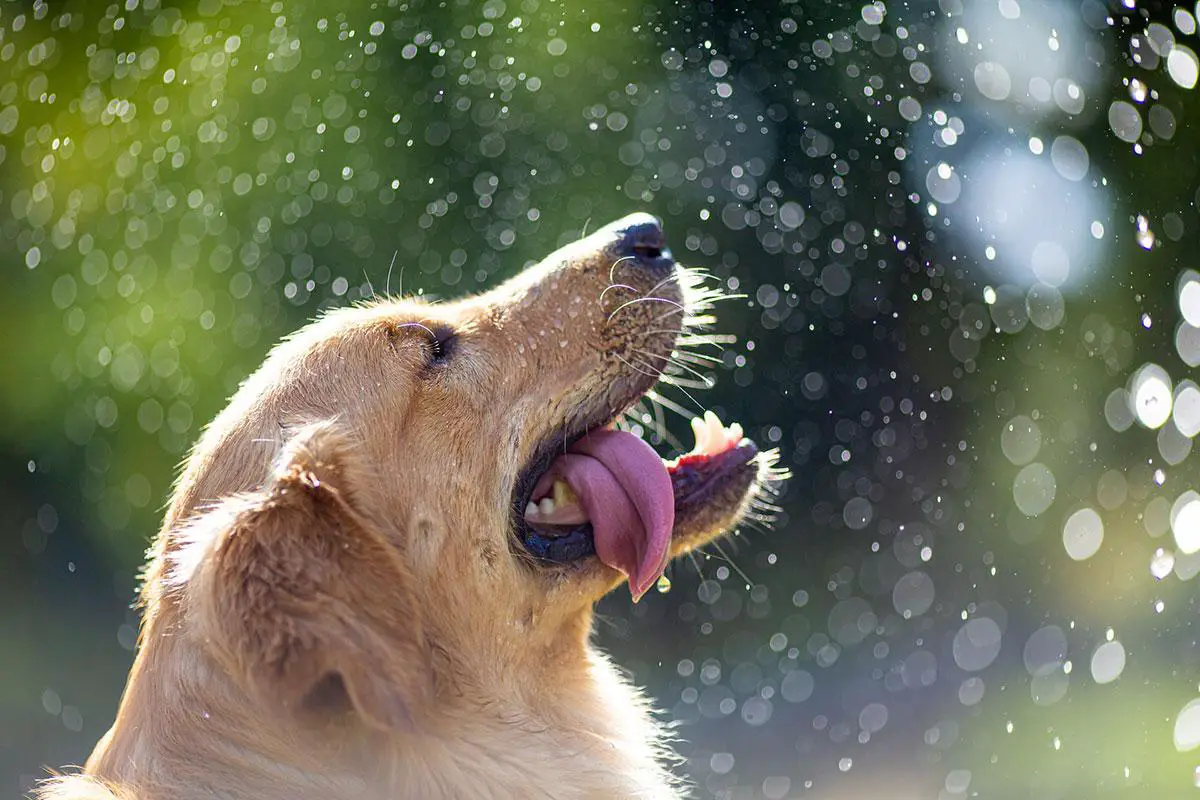While your dog’s wagging tail might signal joy, their hesitancy to respond when called can be frustrating. You’re not alone if you’ve ever pondered how to bridge this gap and guarantee your beloved pet comes running with enthusiasm.
It starts with grasping the appropriate tools and techniques, such as the strategic use of treats and clickers.
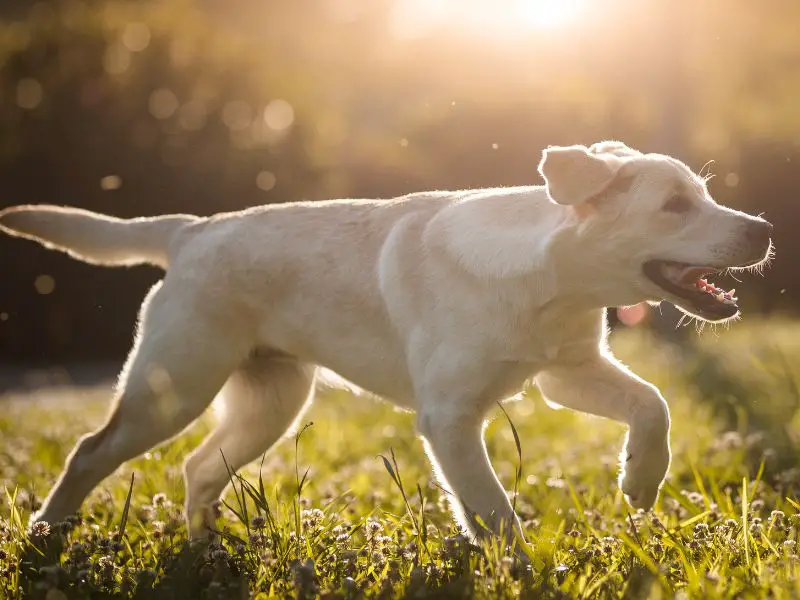
But what happens when distractions increase and your dog’s focus shifts?
The solution lies in your systematic steps; a crucial element often goes unnoticed.
Are you interested in what this could be? Let’s delve deeper.
Key Takeaways
- Use high-value treats and a clicker to reinforce positive recall behavior.
- Begin training in a low-distraction area like your backyard for focused learning.
- Clearly say your dog’s name followed by “come” cheerfully.
- Gradually introduce distractions and increase distance to strengthen recall skills.
- Consistency in daily practice sessions is crucial for successful recall training.
Essential Tools and Treats
The right tools can make all the difference when teaching your dog to come when called. Start by gathering treats, a clicker, a long lead, and a harness.
These tools are essential in successfully teaching your dog the recall command.
Treats are a strong incentive, encouraging your dog to return to you willingly. Choose high-value treats your dog loves; they’ll be more motivated to listen.
The clicker is another critical component in dog training. It helps reinforce positive behavior by creating a distinct sound that your dog will associate with rewards.
When your dog responds correctly to the command, click the device and immediately offer a treat to strengthen the connection.
A long lead and harness are essential for maintaining safety and control. They allow your dog to investigate while keeping them within reach, preventing unwanted distractions during training sessions.
A 15-30 foot lead is typically ideal, providing freedom yet ensuring control.
Introducing the Recall Command
Gathering the right tools sets the stage for introducing the recall command, an essential skill for your dog’s safety and obedience. To focus your dog’s attention, start in a low-distraction area, like your backyard.
Use a long leash to maintain control while allowing your dog to investigate.
Say your dog’s name followed by the command “come” cheerfully, making it inviting and motivating.
To teach your dog effectively, reward them with a treat or praise as soon as they respond correctly. This reinforces the behavior, letting them associate coming to you with positive outcomes.
Consistency is vital in training, so repeat this exercise several times daily.
Once your dog comes reliably in a controlled environment, gradually increase distractions. You can practice in busier places like a dog park, but make sure distractions are introduced slowly to strengthen their response.
This incremental approach is essential for solid obedience training.
Practicing in Low-Distraction Areas
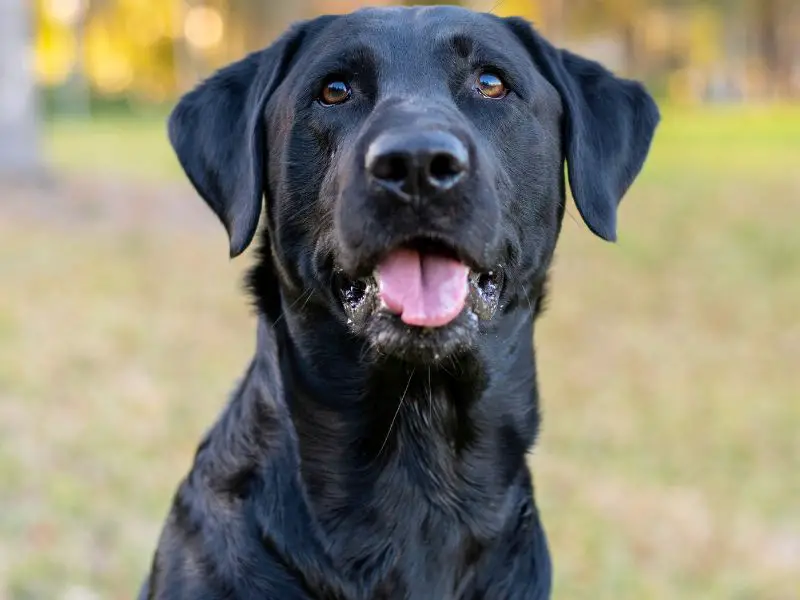
Your backyard’s serene setting is perfect for practicing the “come” command. It provides a controlled environment that minimizes distractions. To start teaching your dog this vital skill, choose an enclosed area where your dog feels comfortable and safe.
This low-distraction area will help your dog focus on the recall cue without getting sidetracked by external stimuli.
Begin by positioning yourself a short distance away from your dog. Clearly say their name followed by the recall cue, such as “come.”
Use an enthusiastic tone to grab their attention. As your dog responds, reward them with praise or a treat to reinforce the positive behavior.
Consistency is vital here; repeat this exercise multiple times in these low-distraction areas until your dog reliably responds to the dog’s command.
Gradually Increasing Distractions
After establishing a solid base in low-disturbance settings, it’s time to raise the difficulty by introducing gradual interruptions during recall training.
Start using a lengthy leash to maintain control and safety as you train. Begin with simple interruptions, such as toys or treats placed on the ground. This will help your dog learn to come despite these enticing diversions.
As your dog becomes more dependable, progressively increase interruptions by adding other individuals or animals in a controlled setting.
Keep the sessions positive and motivate your dog with enthusiastic praise or treats whenever they respond to the command. Positive reinforcement is essential in reinforcing the desired behavior.
While escalating interruptions, consider increasing the distance from which you call your dog. This will test their ability to concentrate and follow the command from a greater distance.
Use a lengthy leash to guarantee they remain safe and secure while you practice.
Remember to be patient, as every dog learns at its own pace. Consistently practicing with varying interruptions will help solidify your dog’s ability to come when called, regardless of what’s happening around them.
Stay consistent, and soon, your dog will master this significant skill.
Reinforcing With Consistent Practice

Reinforcing the behavior with consistent practice is integral to ensuring your dog reliably comes when called. To train your dog effectively, you must commit to regular sessions where you call your dog to return to you.
Start in a familiar environment to build confidence before gradually increasing the distance between you and your dog. This helps strengthen their recall ability.
Use positive reinforcement, such as treats or favorite toys, to reward your dog each time it responds correctly. Praise your dog enthusiastically to reinforce the positive behavior.
As you progress, practice in various settings and introduce distractions, ensuring your dog’s focus remains on you. This will improve its ability to respond in real-world scenarios.
Consistency is critical, so schedule daily practice sessions. Even a few minutes a day can make a significant difference.
Over time, your dog will associate the command with positive outcomes, making them more likely to return promptly.


